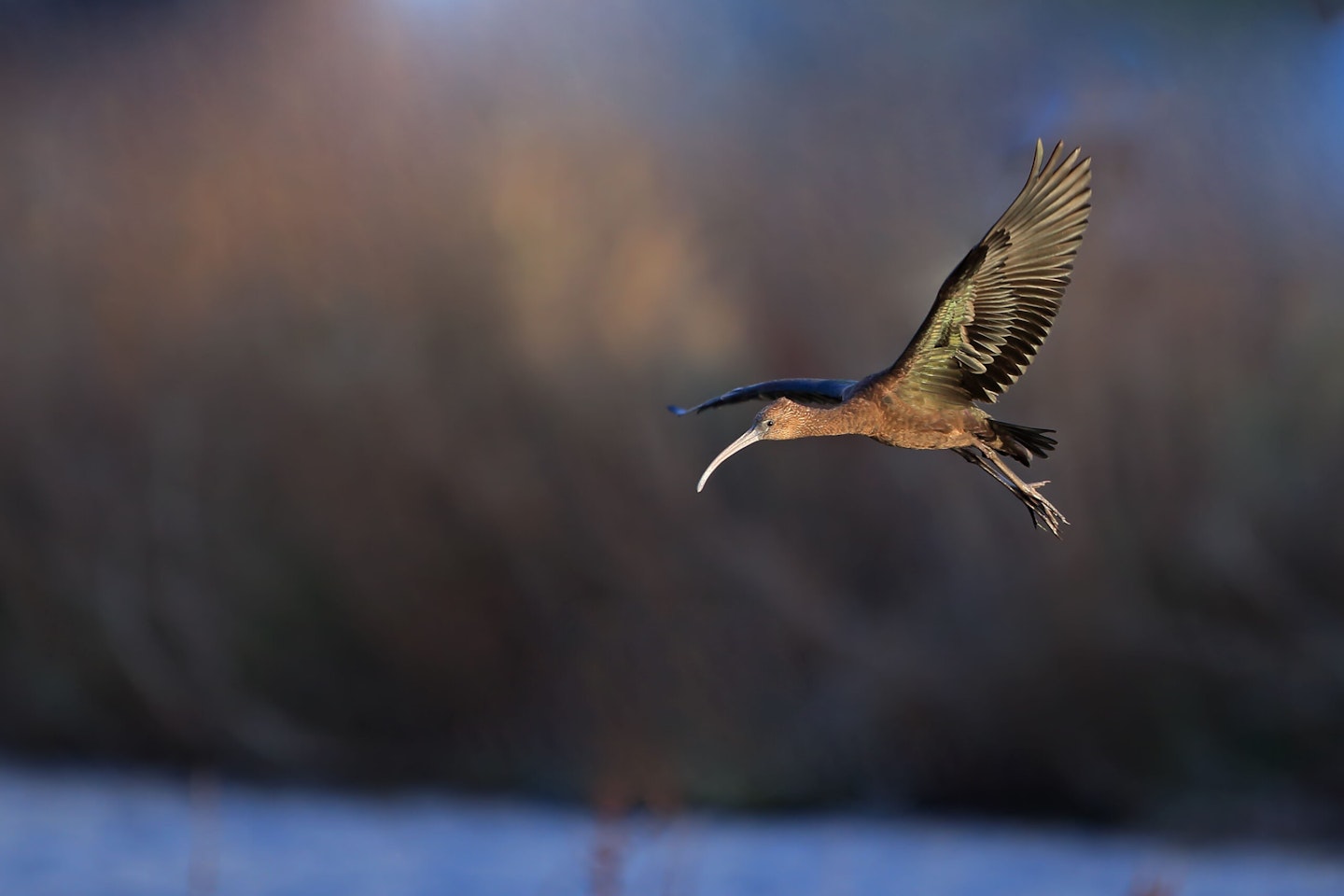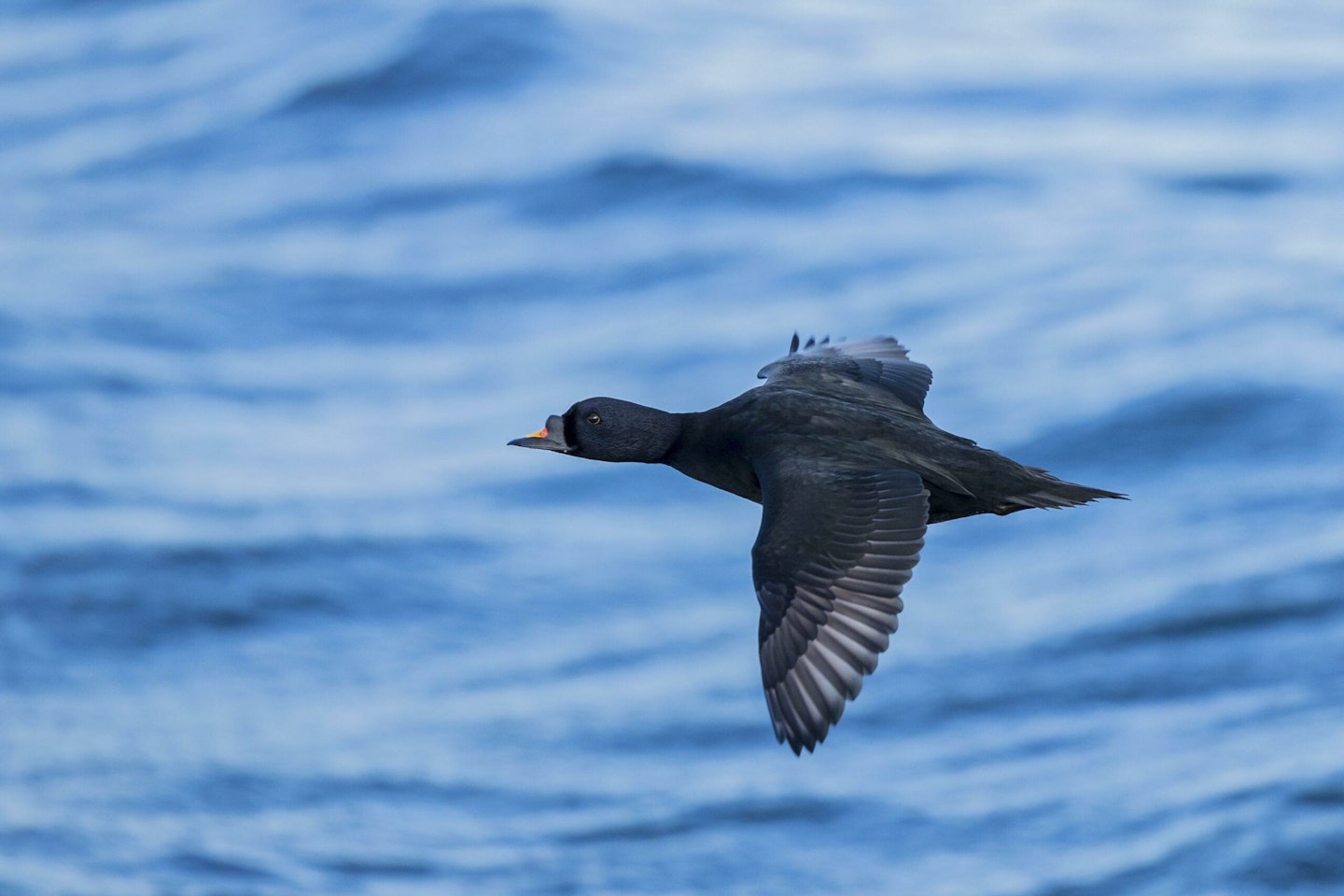What we call 'autumn' includes September and October, i.e., the best birding time in the second half of the year. Here are five beautiful birds for you to enjoy at this time.

Black Redstart
The Black Redstart is a very scarce breeder in the UK, officially with fewer than 60 pairs, these days. It is a little more numerous as wintering bird, with perhaps 400 individuals enjoying our mild island climate. But the real peak times for Black Redstarts are the passage periods in March and late October, the latter being a more drawn out affair (between mid-October and mid-November). From the start of October, have a Black Redstart search image in mind. Remember, that at this time of year males, females and youngsters all look pretty similar to breeding females; dull grey brown all over, except the fiery, quivering tail. Black Redstarts favour more rocky (or urban/concrete) terrain than Redstarts (which like bushes).

Shag
Many of us, stuck birding in our inland counties and the low-lying south-east of the country, are surprised to hear that there are twice as many breeding pairs of Shag (17,500) as Cormorant (8,900) in the UK. They mostly breed in the north and west of the UK, and research has shown that most don’t disperse more than 200km from their breeding grounds. That said, most doesn’t mean all, and Shags can turn up all round the coast in autumn, and several birds also make it inland. These tend to be immature birds, often either from their first or second calendar year. So, expect them to be brown, rather than glossy very dark green. Note the small size, narrow bill, steep ‘forehead’, bare yellow skin being restricted to the gape line and the small white chin patch.

Glossy Ibis
Seasoned birders remember the days when the Glossy Ibis was a dream rarity. Even a look at older editions of the Collins Bird Guide shows a map with a number of blobs around the northern edge of the Mediterranean and Black Seas. These days, though, they are somewhat scarce but regular birds in the country. Indeed, in many areas, Glossy Ibis is expected on any year list. They are present all year round, and if they have not already successfully bred, then there have certainly been nesting attempts. They look like rather chunky dark-plumaged Curlews and at this time of year, don’t expect too much gloss in the generally brown plumage (except perhaps from the inridescent green wigs in bright sunshine).

Common Scoter
Like the Black Redstart, the Common Scoter is a very scarce breeder in the UK with only about 50 nesting pairs (in northern Scotland). Unlike the Black Redstart, the scoter is a very common wintering duck, with about 135,000 around our coasts. Although they do turn up at inland water bodies (they fly overland during migration, and may get disorientated or need a rest), the vast majority of sightings will be on the sea. Common Scoters are often seen in flocks, often with hundreds in a ‘raft’, over a favoured depth of water for diving for benthic molluscs. Adult males are black all over (with an orange patch on the upper bill). Females are dark brown and blackish with grey cheeks and throat.

Kestrel
The Kestrel is not particularly an ‘autumn’ bird, but when else do we get to celebrate and offer appreciation to this marvellous bird? Its habitual hovering habit has led to it being the first bird that many of us can name, often triggering the whole birdwatching bug. It is also one of our most common and obvious raptors, with 31,000 pairs across nearly the whole country. For a simple ‘is it a Kestrel?’ test, check out the upperparts for orange-tones; among our smaller raptors, only Kestrels have orange-brown wings and backs.